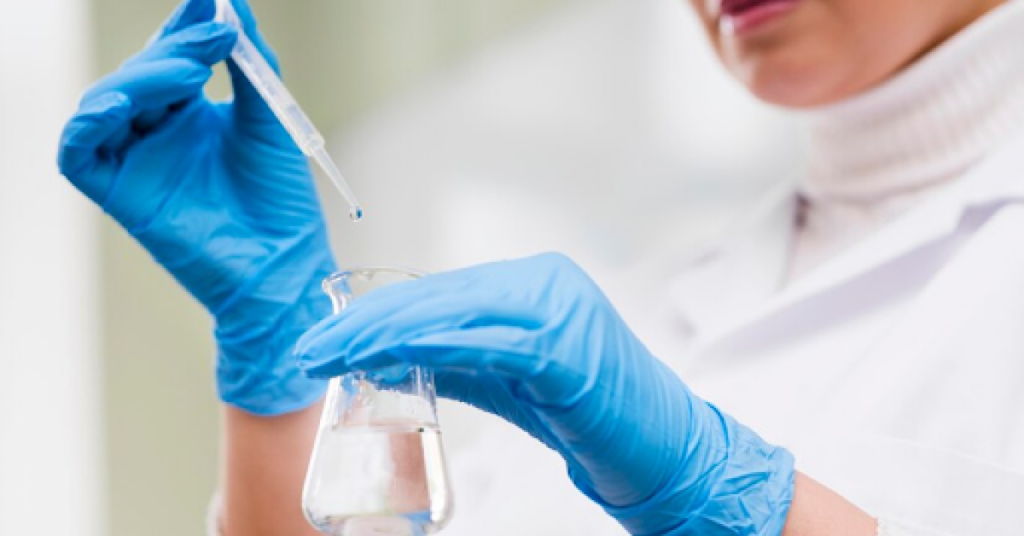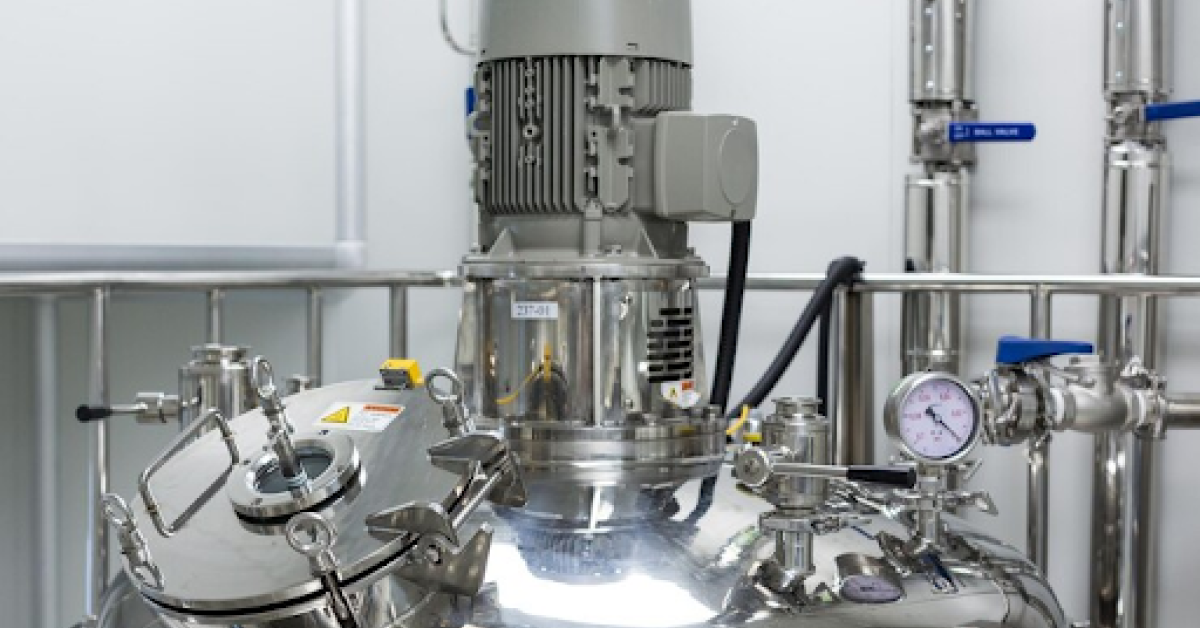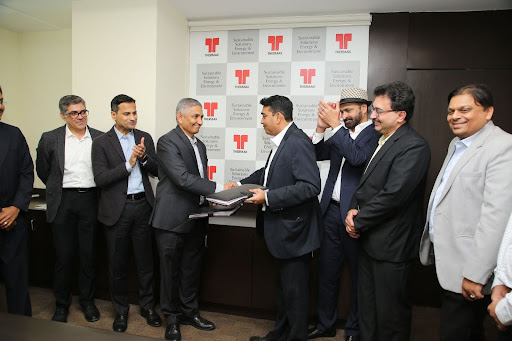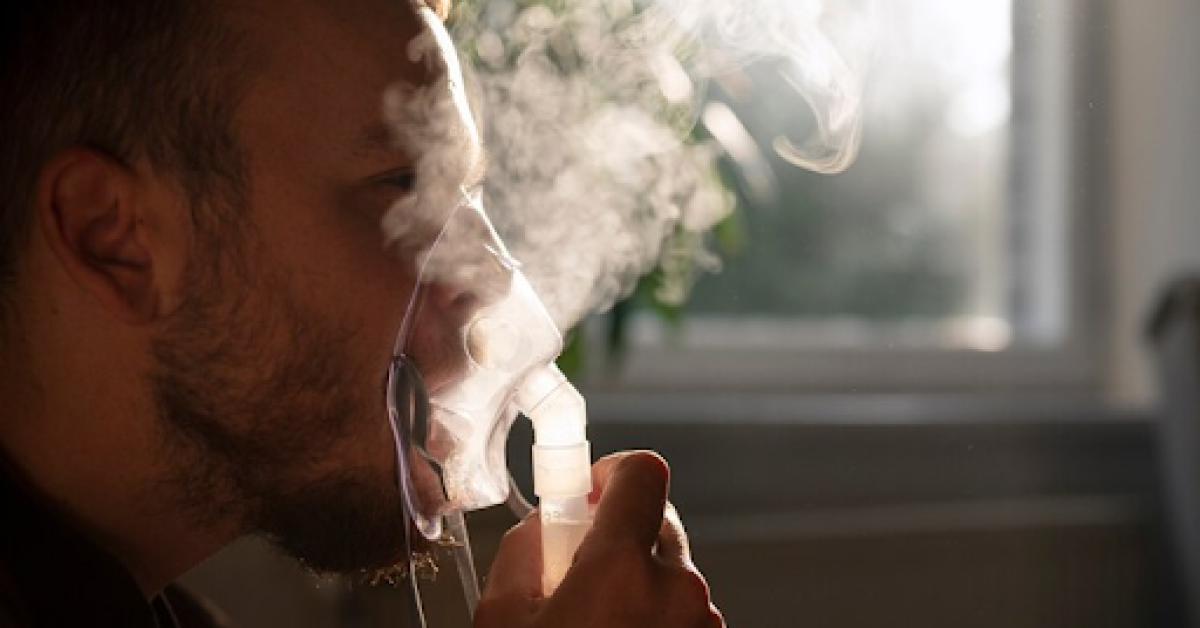Water is one of the primary raw materials used in pharmaceutical industries for various applications. As water is acquired from several resources, it needs to meet the required standards to maintain consistency and safety. Water treatment methods are employed to make it fit.
From highlighting the reasons for water purification to different tests for checking water quality and various techniques for water treatment, this blog covers it all. Keep reading this simple guide to cleaner water to learn more.
What is Water Treatment?
Water treatment refers to a diverse range of processes to improve the water quality, making it suitable for specific end-uses. The technology employed for water treatment ensures that the water meets the requirements for its intended purpose. The treated water can be used for purposes like drinking, industrial water supply, irrigation, and several other applications, including the safe return of treated water to the environment.
9 Important Reasons to Purify Your Water
As we know, water from different sources varies in its physical, chemical and microbial content. Thus, Water treatment becomes a critical step in pharmaceutical manufacturing to ensure compliance with regulatory standards, maintain product quality and safety, protect equipment, and safeguard the health of its consumers. It is integral to the pharmaceutical industry’s Good Manufacturing Practice (GMP).
Here are 9 reasons to treat water:
1. Water Quality Standards:
The water used in the Pharmaceutical sector must be treated to meet stringent quality standards and comply with regulatory requirements, as outlined in pharmacopoeias like the United States Pharmacopeia (USP) or the European Pharmacopoeia (EP). These standards define different grades of water, like Purified Water (PW) or Water for Injection (WFI), each with specific quality specifications.
2. Patient Safety:
Purifying water ensures that the final pharmaceutical products are free from harmful impurities, microbes, and contaminants and improves patients’ health.
3. Consistency in Manufacturing:
Purified water with consistent quality helps maintain uniformity in drug formulations and manufacturing procedures, contributing to the reliability of the final product.
4. Prevention of Microbial Growth:
Water is susceptible to microbial contamination. If untreated or poorly treated water, it allows rapid microbial growth.
5. Instrumentation and Equipment Protection:
Purification helps prevent the accumulation of scale, deposits, and contaminants that could damage sensitive equipment or affect the accuracy of analytical instruments.
6. Cost-Efficiency:
Investing in a reliable water purification system reduces the risk of product recalls, rejections, or additional processing steps due to water quality issues. At TSA, we take care to provide efficient water purification systems.
7. Environmental Impact:
Purifying water before use minimises the environmental impact of pharmaceutical manufacturing processes. By treating water at the source, the need for additional treatment or disposal of contaminated water is reduced, contributing to sustainable and responsible manufacturing practices.
8. Reduction of Particulate Matter:
Water treatment processes, including filtration, remove any particulate matter from water.
9. Minimisation of Endotoxins:
Endotoxins are the components of bacterial cell walls that can be present in untreated water. These substances can adversely affect the safety of pharmaceutical products.
What are the water treatment test parameters?
Different pharmacopoeias, such as the United States Pharmacopeia (USP), the European Pharmacopoeia (EP), and other international standards, have laid specific guidelines for water quality in pharmaceutical applications.
As we know, in the pharmaceutical industry, water is required for various purposes. To check its suitability for the intended purposes, here are some key parameters commonly tested for pharmaceutical-grade water as per USP <1231> (2):
- Total Organic Carbon (TOC): The test measures the organic molecules present in the water.
- Conductivity: Since conductivity measures the ions present in the water, it indicates the inorganic dissolved solids. The anions like chloride, nitrate, sulfate, and phosphate, and cations like sodium, magnesium, calcium, iron, and aluminium increase water’s conductivity.
- Bacterial Endotoxins Testing: The test is also known as pyrogen testing to detect the presence of bacterial endotoxins in water.
- Sterility: The test determines the viable count of the microorganisms in a water sample.
- Particulate matter: Particulate matter is a significant concern in the water designated for use in injectable products.
| Pure Steam | Purified Water | Sterile Purified Water | Water for Injection | Sterile Water for Injection | Sterile Water for Inhalation | |
| Total Organic Carbon | ✔ | ✔ | ✔ | ✔ | ✔ | ✔ |
| Conductivity | ✔ | ✔ | ✔ | ✔ | ✔ | ✔ |
| Bacterial Endotoxin Test | ✔ | ✔ | ✔ | ✔ | ||
| Sterility | ✔ | ✔ | ✔ |
What are the methods of water treatment?
Water treatment is a multifaceted process involving physical, chemical, and biological methods.
1. Physical Methods:
- Sedimentation: The process removes suspended solids and particulate matter.
- Filtration: Water is passed through a physical barrier to remove particles. There are two types of filtration methods: sand and activated carbon. A sand bed is used to remove impurities, whereas activated carbon is used to adsorb impurities.
- Distillation: Water is heated to convert it into steam; this steam is further condensed back to form water. Distilled water is an ultra-pure form of water.
- Membrane Processes: Semipermeable membranes are used to separate impurities. Reverse Osmosis is a technique to remove ions and molecules, whereas ultrafiltration and microfiltration techniques separate the particles based on their sizes.
Check this video about the Reverse Osmosis Process
- Aeration: It is the process of mixing air with water or circulation through it. The aeration process removes gases and volatile organic compounds.
- UV Disinfection: Special UV lamps or bulbs emitting UV light at wavelengths of 254 nm are highly efficient in disinfecting water by killing microbes.
2. Chemical Methods:
- Coagulation and Flocculation: In the process of Coagulation, coagulants like aluminium sulfate (alum) and ferric chloride are added to the water to destabilise and aggregate suspended particles. When the charge particles are neutralised, they coagulate to form larger and heavier flocs that settle rapidly, aiding in their removal during sedimentation or filtration.
Check this video on coagulation and flocculation What is Coagulation? | Basics of Coagulation and Flocculation
Flocculation follows coagulation. During flocculation, the water containing coagulated particles is gently stirred or mixed for the “flocs” to collide and aggregate, thus increasing their size. The flocculation process creates larger and denser flocs to ease the removal of suspended particles, colloids and other impurities.
- Disinfection: Methods like Chlorination and Ozonation are used to disinfect water chemically.
- Chlorination: When added to water, chlorine gas, sodium hypochlorite, or calcium hypochlorite releases hypochlorous acid and hypochlorite ions in water, which act as powerful disinfectants. The chlorine reacts with organic and inorganic substances, killing or inactivating bacteria and other microorganisms.
- Ozonation: In this process, ozone is usually bubbled into the water. Ozone is a highly reactive oxidising agent and reacts with metals to produce insoluble metal oxides.
Check this video to learn about ozonation [Ozonation] – Learn How Ozonation Process Works
- Ion Exchange: Ion exchange method is used to remove ions from water through the use of ion exchange resins.
- pH Adjustment: The process is also called neutralisation, where acids or bases are added to adjust the pH of the water as required.
Key Takeaways
- Water treatment refers to a diverse range of processes to improve the water quality, making it suitable for specific end-uses.
- There are various reasons to treat water used for the pharmaceutical industry, including patient safety, consistency in manufacturing, prevention of microbial growth, instrumentation and protection of equipment, cost-efficiency, reduction of particulate matter and minimisation of endotoxins.
- To determine the suitable water treatment method, the water must be tested for parameters like total organic carbon, conductivity, sterility, particulate matter and bacterial endotoxins.
- The physical methods to treat water are filtration, sedimentation, distillation, membrane processes, aeration and UV disinfection.
- The chemical methods to treat water include Coagulation, flocculation, disinfection, Ion Exchange, and Neutralisation.
FAQs
1. What is Water Treatment?
A: Water Treatment is any process or technology applied to water to make it suitable for a particular application.
2. What is the pH of water for injection?
A: Sterile water is used for injection and has a pH between 5.0 to 7.0. It is non-pyrogenic, distilled water in a single-dose container for intravenous administration.
3. What is WFI used for?
A: Water for Injection (WFI) is a sterile water used to manufacture pharmaceutical products administered either parenterally, ophthalmically, or inhaled. It is also required for cell culture growth media, washing, and rinsing bioreactors in fast-growing biological therapies.
4. Is WFI a solvent?
A: Water For Injection is a solvent used to manufacture injection drugs. It can also be used as an excipient and final cleaning rinse agent for Bulk Active Pharmaceutical ingredients (API) and in a Bulk Pharmaceutical Chemical (BPC) preparation.
5. What are the types of water used in pharmaceutical companies?
A: Pure steam, purified water, sterile water, water for injection, sterile water for injection, and sterile water for injection are standard in pharmaceutical companies.
